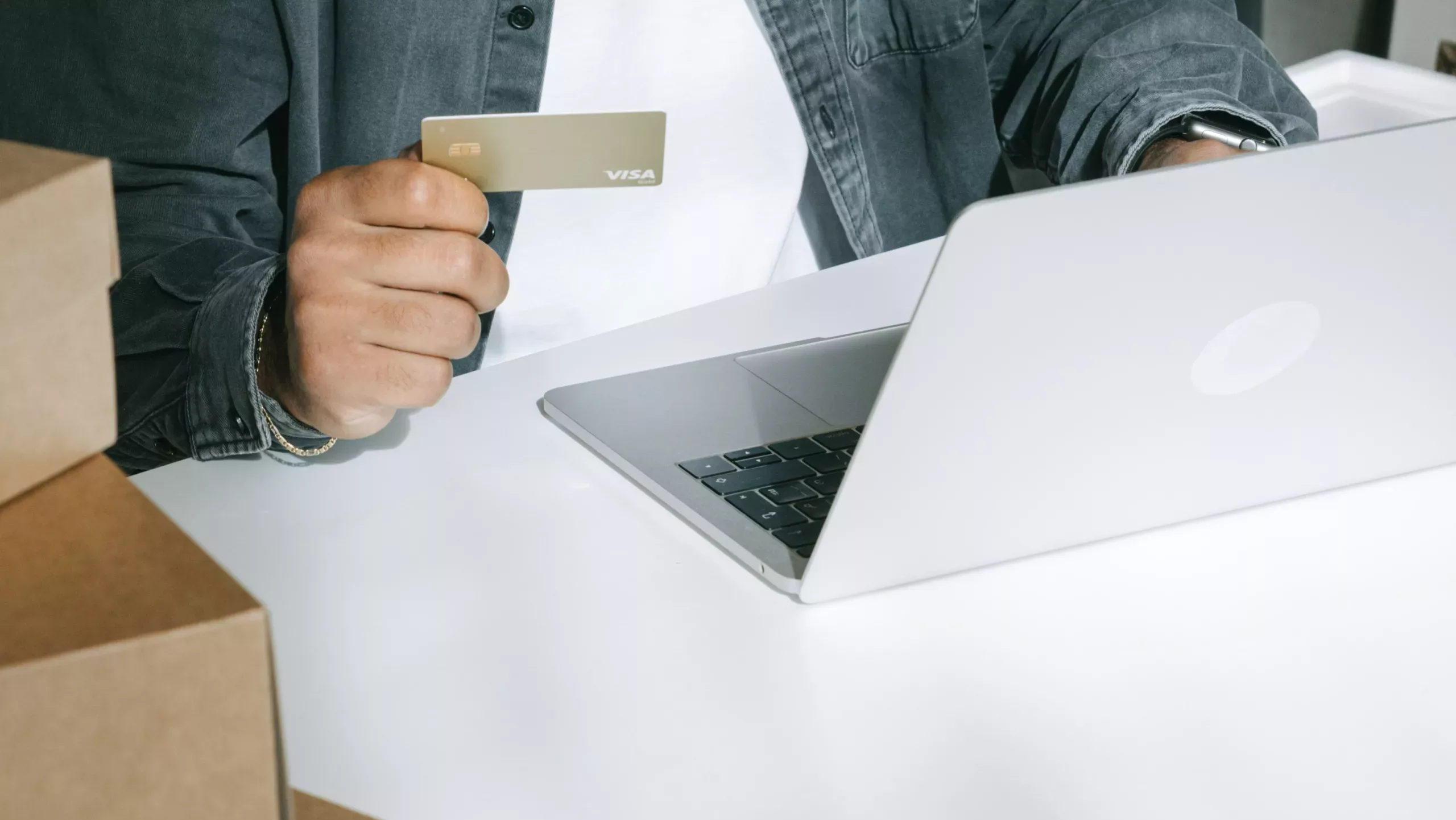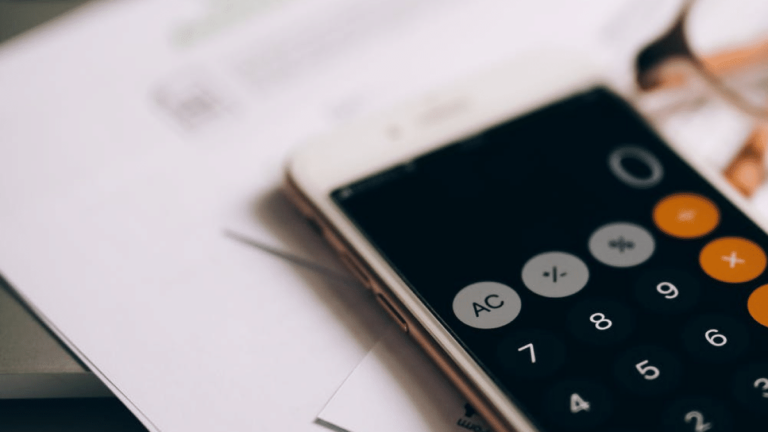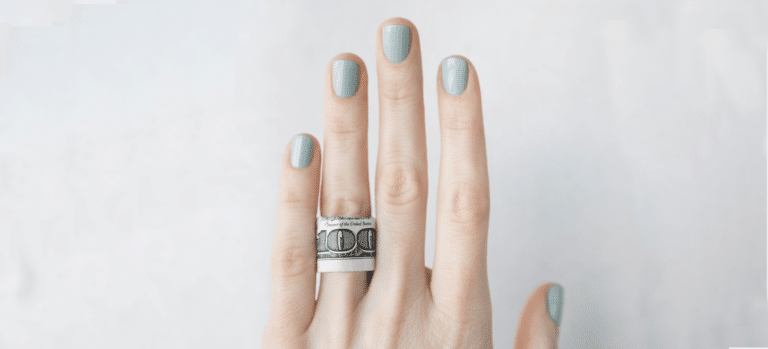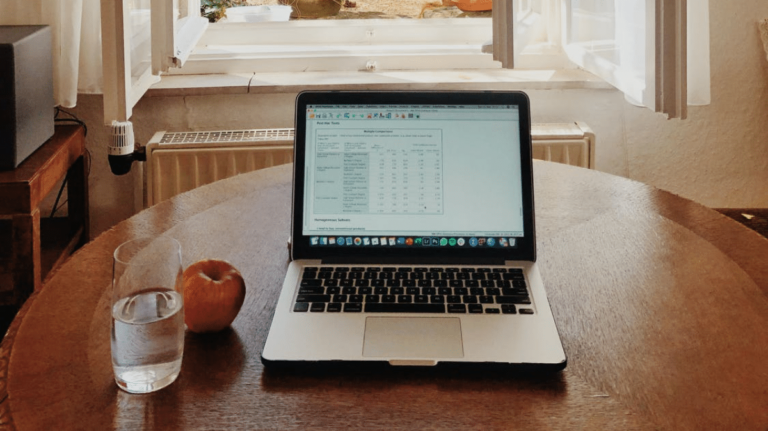This post is by MyBankTracker. MyBankTracker compares banks and financial products to help you find the best financial products for your lifestyle.
I’ve been writing about debt for a long time – almost five years, in fact. That, mixed with a period of time dealing with my own student loans and credit card debt, left me feeling intensely wary of all credit, but especially credit cards. I believed that nothing could be worse than credit cards and the financial doom they could create.
Then I grew up a little. My reaction to credit (especially credit cards), while understandable, completely disregarded the other side of the equation: the fact that credit can be a tool.
For example, credit cards can be a tool to make purchases without compromising the money in your bank account. They can be used to to build credit. You can earn rewards for the spending you were already going to do. Loans can be a tool to help you purchase a home, get an education, and even pay off other debt.
In the end, credit isn’t good or bad. It’s an inanimate thing that when, used properly, can help your finances. (And, when used improperly, can tank your finances.) Here’s how to make sure the method with which you use credit keeps you on the positive side of that equation.
1. Only Obtain Credit if You Need It
First of all, don’t get credit just because it’s available. It’s easy and it’s tempting and (when misused) can lead to a world of financial pain. If there’s a way to pay cash for what you need, do that instead.
Typically, I would also say that you should also not take out more credit than you need. And when it comes to loans, that’s true. Don’t take a hefty student loan just because it will make your life a bit easier. Or a bigger mortgage because you can do more renovations. This is setting yourself up for more debt than you need. And interest rates ensure that it will always cost you more in the end.
That said, when it comes to revolving credit like credit cards, you might want to take the highest credit limit you can get. If you trust yourself to spend sparingly. The reason for this is something called your credit utilization ratio.
Your credit utilization ratio is the amount of debt you have compared to the amount of credit available to you. If your credit card is maxed out or near it, then you’ll end up with a high credit utilization ratio. That’s why you want to have higher credit limits. The more credit available to you, the lower your credit utilization ratio will be, the higher your credit score will be.
It also helps to keep your credit card balances as low as possible, but we’ll get to that later.
2. Shop Around for the Best Type of Credit for Your Needs
Once you’ve determined that you do in fact need credit, the next step is to shop around for the best type of credit for your needs. This is important because different types of credit come at different costs.
For example, if you’re trying to fund your education, don’t seek out credit cards if you run out of federal loan options. Even though private student loans are typically more expensive than federal, they’re still better than using credit cards for education.
You might also find that there are unexpected types of credit you can turn to to meet your needs. For example, if you’re struggling to pay off credit card debt, a credit card might actually be the thing to help you pay it off – a balance transfer credit card, that is. If you want to avoid new credit cards altogether, you could consider instead getting a peer to peer loan to pay the debt off.
No matter what you’re trying to accomplish with credit, understand that there are probably more options to help you than you may realize. It pays to do some research and look for the credit product that will help you achieve your goals. Remember, at the end of the day, credit is a tool.
3. If You Have to Carry a Balance, Create a Plan to Pay it Off
If you’re using a credit card to build up your credit score, the best advice I can give is to only charge what you can afford to pay off at the end of each month. Avoid carrying a balance on a credit card at all costs. Those interest rates can turn even the smallest of balances into an insurmountable load of debt.
But if you have a loan, or if you’re currently trying to pay off a credit card, then the best thing you can do is create a plan to pay off the balance. Here are a few examples:
- If you have multiple types of debt, target the one account to pay off first. Put any extra money you can onto that account while paying the minimum on the rest. When it’s paid off, apply that amount to the next debt account, and so on until you’re debt-free.
- If you have student loan debt, shop around to see if refinancing your loans can decrease your rate and help you pay the debt off faster. Just know that refinancing a federal loan may cause you to lose certain repayment options and forgiveness plans.
- If you have installment loans like a mortgage or auto loans, make your payments biweekly. You’ll increase your yearly payment amount and decrease your overall repayment time. Also consider applying extra money like tax returns and work bonuses to your principal balance. As long as you don’t have higher interest rate debt like credit card debt to pay off first, that is.
No matter what type of balance you have to pay off, there is a way to make a plan to do so.
Remembering to Always Use Credit As a Tool
I’ve come a long way from my days of being wary of all things credit. Examining my own needs and the ways credit can help me meet them showed me that the credit is not what’s important. It’s how you use it.
As long as credit doesn’t turn into high-interest rate debt, it can help you get closer to your life and financial goals. That’s how you can use credit responsibly.






